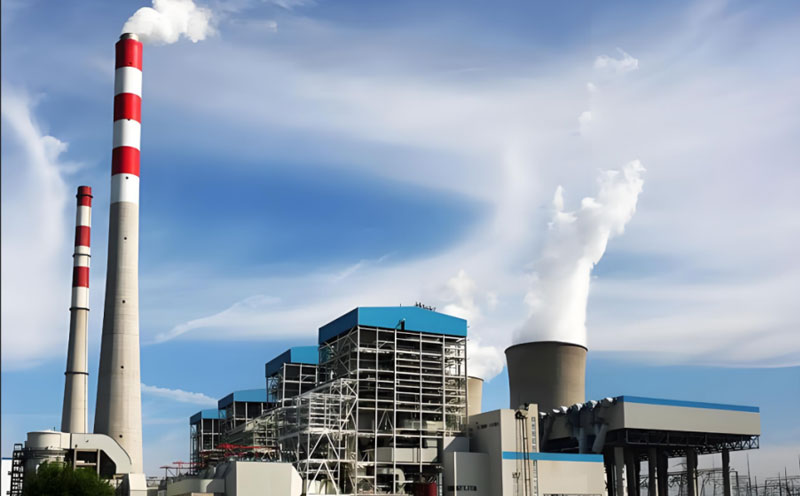Dry desulfurization
The dry flue gas desulfurization system is an efficient and economical flue gas desulfurization technology with the advantages of simple equipment, small footprint, convenient operation and management, low production cost, and no secondary pollution of wastewater.
The dry desulfurization system mainly uses dry absorbent to react with sulfur dioxide in flue gas to remove sulfur from flue gas. Compared with wet desulfurization, this technology has the advantages of simple equipment, small footprint, low investment and operating costs, convenient operation, low energy consumption, easy disposal of products, and no sewage treatment system. The dry desulfurization system is suitable for treating flue gas from low and medium sulfur coal. Its desulfurization product is in dry powder form, there is no wastewater discharge, the system is simple, and the operation is reliable. However, the dry desulfurization system also has some disadvantages, such as the inner wall of the dry absorption tower is easy to scale, the atomization device is easy to wear or block, and the desulfurization ash is difficult to use.
Specific to the technology of dry desulfurization, spray drying is a typical dry desulfurization process, in which flue gas reacts with lime slurry sprayed into a mist in a dry absorption tower, and the desulfurization rate can reach 75% to 85%. This method is suitable for treating flue gas from low and medium sulfur coal. Its advantages include simple system, reliable operation, low investment, and low energy consumption. Its disadvantages are that lime is used instead of limestone as absorbent, the inner wall of the dry absorption tower is prone to scaling, the atomization device is prone to wear or blockage, and the desulfurization ash is difficult to use.
In addition, NID technology and CFB technology are also two important technologies in dry desulfurization. NID technology adopts an integrated design of quicklime digestion and ash circulation humidification, and uses the circulating ash to carry moisture to form a water film on the surface of dust particles, forming an ideal reaction environment with suitable temperature and humidity in a very short time, effectively reducing the height of the desulfurization reactor, and the desulfurization efficiency can reach more than 90%. CFB technology achieves high desulfurization efficiency through the long residence time of solid absorbent particles and strong heat and mass transfer exchange with SO₂. It can also achieve a desulfurization efficiency of more than 90% for high-sulfur coal, and is simple to operate and reliable.
In summary, the dry desulfurization system achieves efficient and economical flue gas desulfurization through different technical paths, providing an important technical measure for preventing and controlling air pollution.




